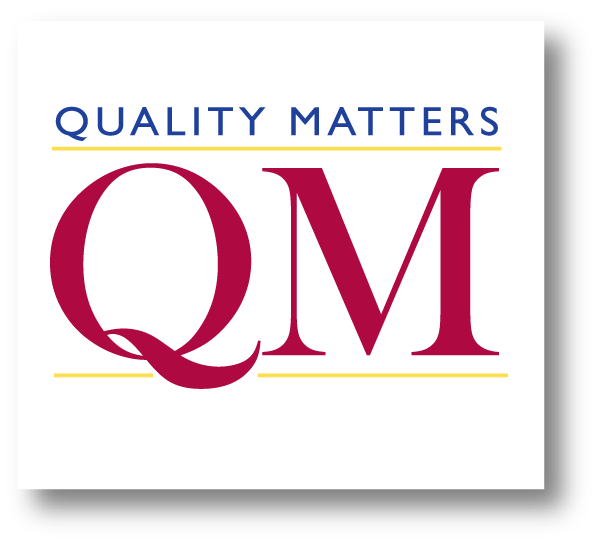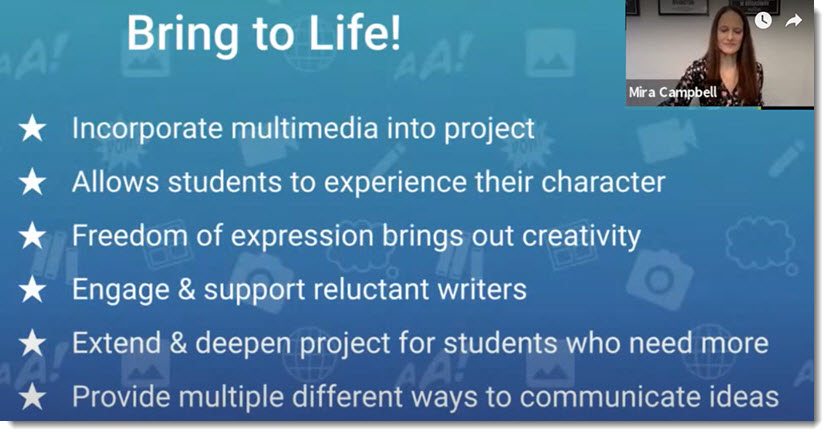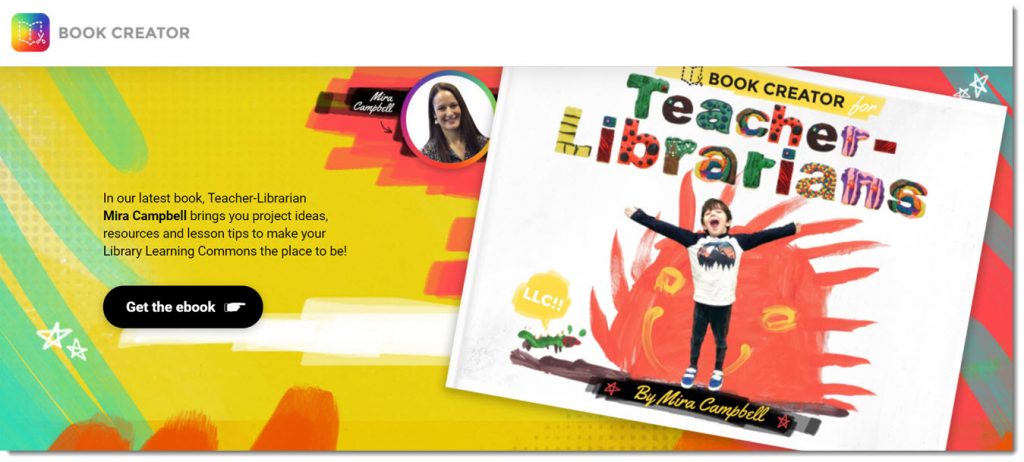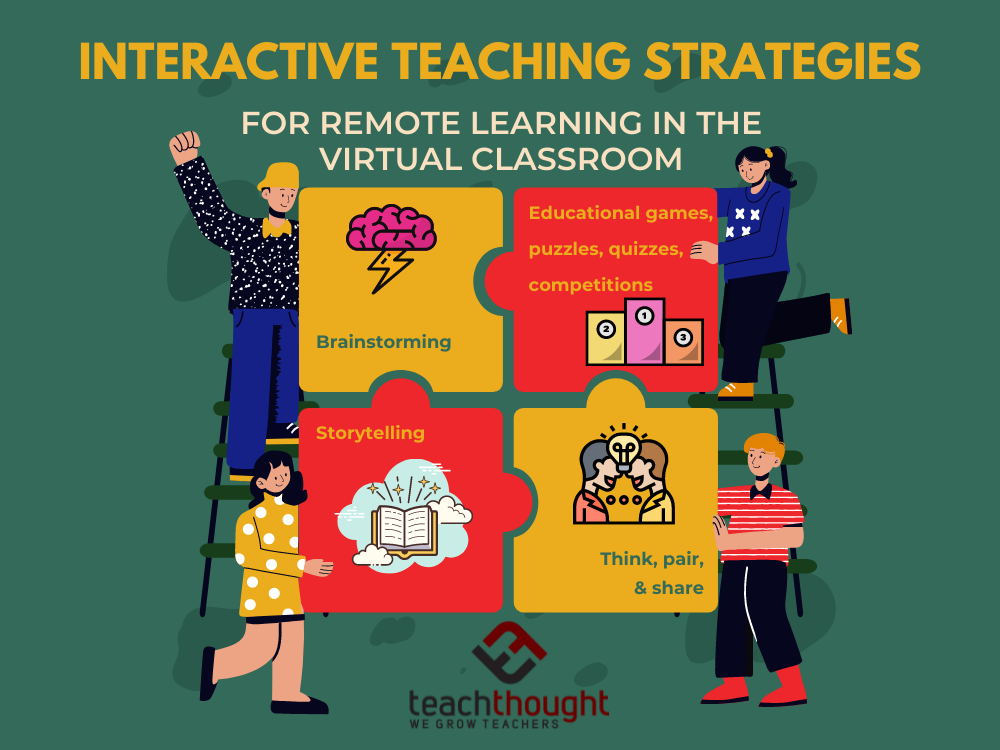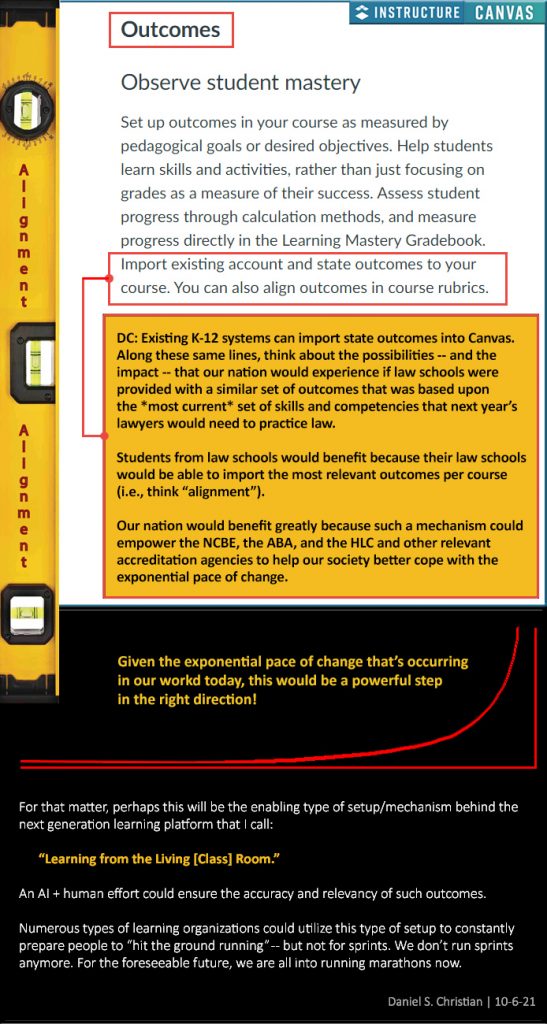From DSC:
When I saw the recent article below out at mlive.com, I couldn’t help but recall the words that our daughter just said the other day — that they had yet another day of standardized testing to do that day. (She works in a public school system here in Michigan.) In fact, she said that the relaying of new content had already ended a while ago and the last two months of the year were being allocated for reviewing what had already been covered and then taking these standardized tests. I’m guessing that neither students nor the teachers and other teaching/support-related staff were all that excited about that agenda.
In such cases, I’m guessing that the love of learning goes right out the window — as does the love of teaching. All of this is to:
- assuage the legislators in our state’s capitol — especially to see how Michigan is stacking up in the comparison game with other states
- give bragging rights to administrators in the comparison game as they compare their school district to other districts in Michigan
- give the realtors and communities reasons for the increased prices of their houses (in a different but related comparison game)
Am I oversimplifying this? Most likely. But it still bothers me nonetheless.
These are the 50 highest rated Michigan high schools in the new U.S. News rankings — from mlive.com by Martin Slagter
Excerpt:
Three Michigan high schools are once again rated among the top 100 best high schools in the country in the latest U.S. News & World Report best high school rankings released on Tuesday, April 26.
Rankings are based on several weighted factors, including college readiness (30%), college curriculum breadth (10%), state assessment proficiency (20%), state assessment performance (20%), underserved student performance (10%) and graduation rate (10%). The data used is from the 2019-20 school year.
While the six ranking indicators that determined each school’s rank were the same as those used in the three prior years, U.S. News adjusted its calculation of these measures to account for the impact the COVID-19 pandemic had on schools in the 2019-2020 school year.
Also relevant from mlive.com, see:









